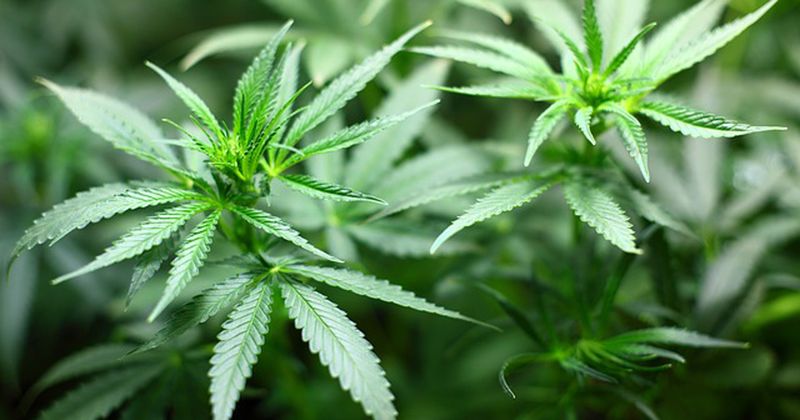Physicians should question patients with restless leg syndrome about cannabis use
CHARLOTTE, N.C. — Patients with restless leg syndrome may use cannabis to relieve symptoms, which should be documented by physicians when conducting patient history, researchers reported at the SLEEP meeting.
Talar Kachechian, DO, a sleep medicine physician at Comprehensive Sleep Care Center who led this study while serving a fellowship at Thomas Jefferson University, and colleagues said that patients with restless leg syndrome (RLS) often experience persistent symptoms despite the use of recommended treatments.

The researchers conducted a retrospective chart review of a 3-year period to determine the prevalence of cannabis use and its efficacy.
Kachechian told Healio that they identified 41 patients with RLS, 25 of whom were using medical marijuana, and eight were using marijuana recreationally.
The chart review indicated that 12 patients found overall relief in their sleep, and four did not. Researchers could not determine the outcome for 25 patients.
Of the 25 patients who were using medical marijuana, five used it for pain and insomnia, four used it for RLS, and four used it for anxiety, according to the study.
Of the four patients using medical marijuana for RLS, two said it relieved their RLS symptoms. One patient who did not report relief with marijuana found relief with methadone. Three of the four also used gabapentin, and two of those three said their symptoms were relieved when they added a dopamine agonist.
Kachechian said she and her colleagues concluded that patients with RLS may use cannabis for symptom relief.
“We believe this association should be recognized by sleep physicians and documented in the history,” she said. “Clinicians should ask: Are they using it? How often? For what?”

